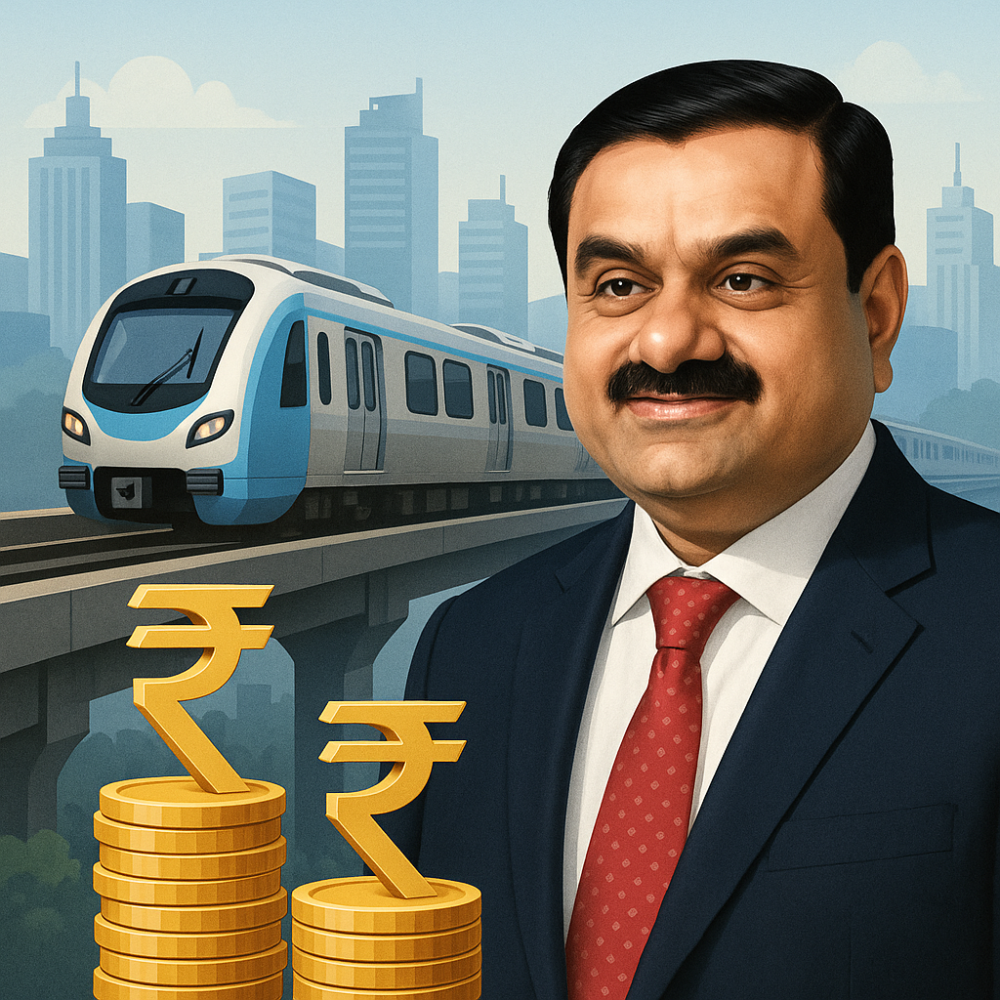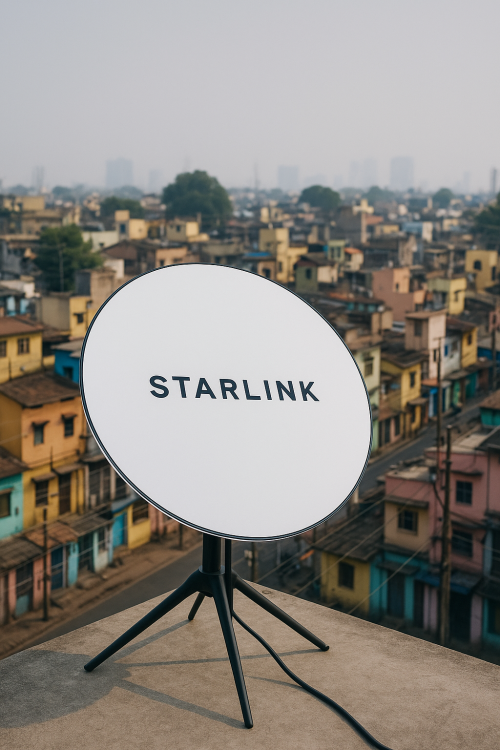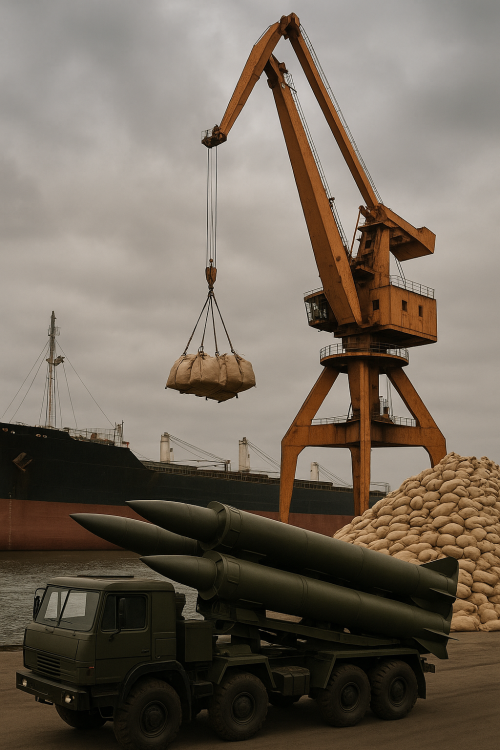Mumbai | June 5, 2025
In a remarkable display of financial contribution, the Adani Group has paid a staggering ₹74,945 crore in taxes for the financial year 2024–25, a figure almost equivalent to the estimated cost of constructing the entire Mumbai Metro network.
This massive tax contribution, which includes corporate tax, GST, and other levies, positions the Adani Group among India’s highest taxpayers in the private sector. The data, as reported, highlights the group’s extensive footprint across sectors such as infrastructure, energy, ports, and logistics – all of which have seen exponential growth under the leadership of Chairman Gautam Adani.
The amount paid is nearly equal to the ₹75,000 crore projected cost for the Mumbai Metro – a vast urban transit network currently under rapid development to improve the city's public transportation system. The symbolic comparison underscores the scale at which the Adani conglomerate is operating and contributing to the national exchequer.
Industry analysts believe such large-scale tax payments also reflect the group’s expanding revenues and investments, particularly in renewable energy and data centres, where it has announced several multi-billion-dollar initiatives.
This announcement comes at a time when Gautam Adani continues to climb in global wealth rankings, consistently featuring among the top wealth creators in Asia. His companies have not only played a vital role in India’s infrastructure boom but have also become key players in the country’s economic narrative.
While critics continue to scrutinize the group's rapid growth and its relationship with regulatory frameworks, this tax data reaffirms the group’s significant role in India’s fiscal ecosystem.
With this level of tax contribution, Adani Group’s presence is not just felt in stock markets and ports, but directly within India’s developmental and financial framework.
















